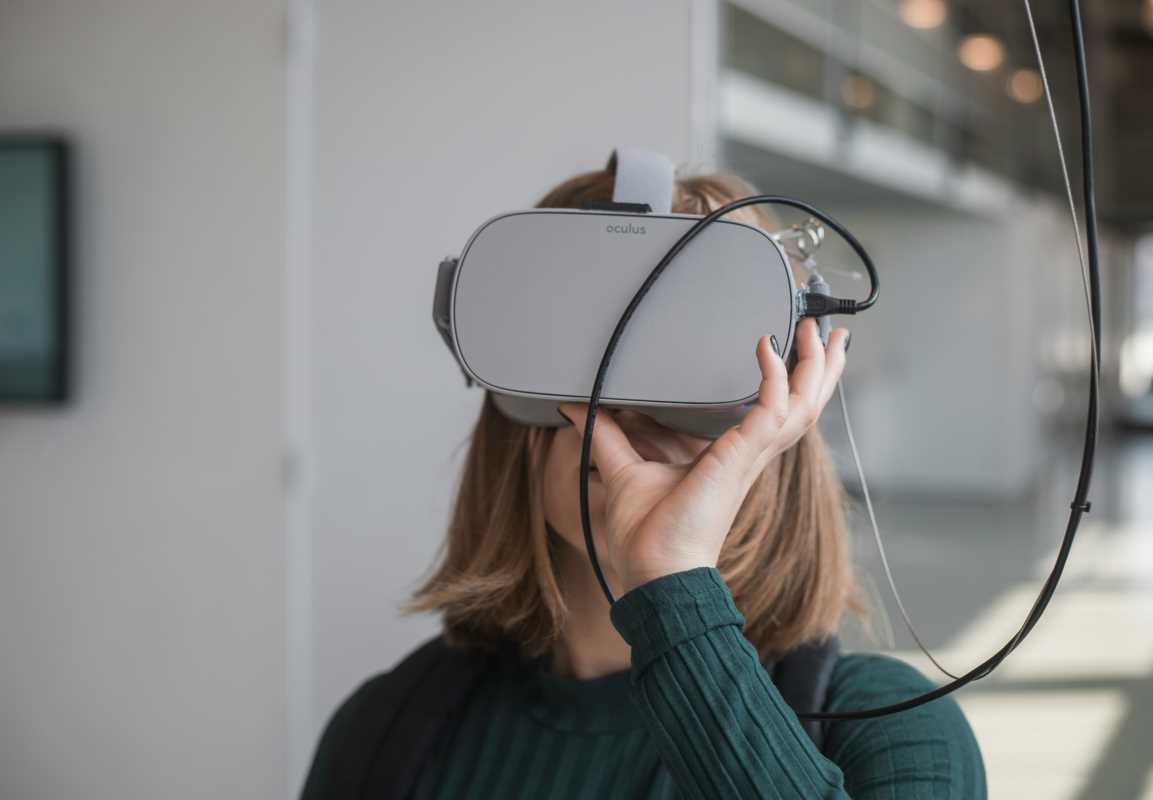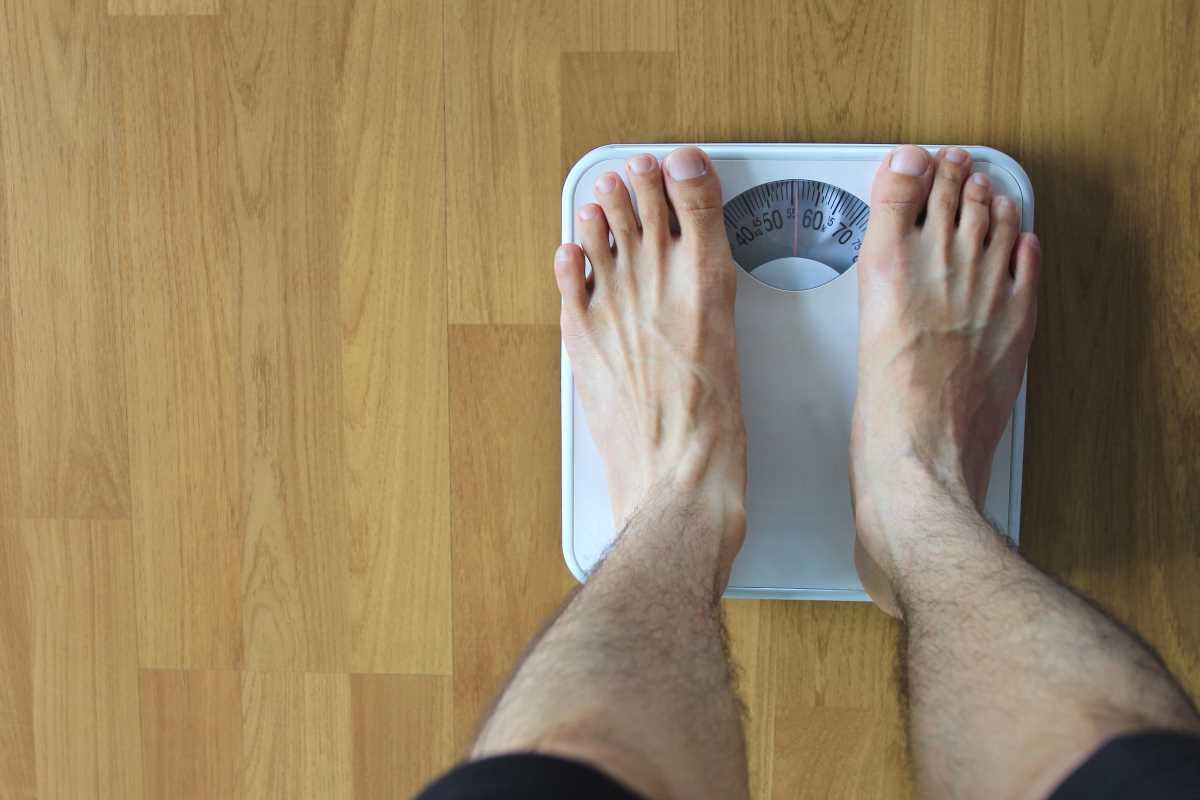Picture this: you slip on a virtual reality (VR) headset and, instead of sitting in a therapist’s office imagining a scenario, you’re virtually immersed in it. Whether it’s confronting your fear of flying or reliving a tough memory in a military simulation, VR offers a way to ease into these situations without actually being there. Virtual reality-based therapy (VRBT) merges technology with mental health treatment, providing a unique way to address trauma and phobias safely. While it’s been gaining attention for its innovative approach, it’s important to look at the full picture, including how effective it really is, challenges in accessibility, potential drawbacks, and whether it’s something to consider for your own healing process.
What is VR Therapy?
VR therapy is based on one of the most proven methods for treating anxiety, trauma, and phobias: exposure therapy. This approach involves gradually facing feared situations to desensitize you to the anxiety they provoke. What sets VR apart is how it replicates real-life scenarios through a controlled digital environment.
With guidance from a trained therapist, users tackle their fears in steps. For example, someone afraid of heights might "stand" on a virtual skyscraper’s edge and gradually get used to the sensation. Similarly, individuals with PTSD from combat or accidents can relive or revisit those stressful memories in a calibrated, safe way. The therapist can tweak elements like light, sound, or the duration of each scenario, ensuring patients stay engaged but not overwhelmed.
What makes VR exciting is its ability to recreate specific environments that may be tricky or impossible to access in real life. For instance, instead of booking multiple flights for someone with a fear of flying, a therapist can place them virtually in an airplane during takeoff and landing within minutes.
How Effective Is It?
The promise of VR therapy is backed by some solid results, but the evidence isn’t overwhelming. Clinical trials have shown that VR therapy can be just as effective as traditional exposure therapy for certain conditions, like specific phobias or PTSD. Veterans and first responders, for instance, have benefited from reliving combat or disaster scenarios via VR in a controlled setting to help process those memories.
Some studies suggest VR doesn’t significantly outperform existing methods, particularly traditional in-person therapy. For example, when compared to gold-standard methods like cognitive-behavioral therapy (CBT) or in vivo exposure (real-world scenarios), results vary depending on the trauma source, patient response, and quality of the VR design.
While VR therapy holds promise, experts stress that it’s not a universal fix. Its effectiveness can depend on factors like how immersive the program feels, the level of interaction involved, and an individual’s capacity to engage with the digital environment.
Who Stands to Benefit?
VR therapy is being explored as a treatment option for a range of conditions, including:
- Phobias: Fear of flying, heights, or even public speaking can be addressed through custom virtual environments.
- PTSD: Particularly helpful for military personnel and trauma survivors, VR allows individuals to revisit difficult memories with therapeutic support.
- Social Anxiety: Simulated social interactions in environments like restaurants or meetings give people a chance to practice.
- Addiction Therapy: By creating virtual versions of trigger situations, users can learn to manage urges in a safe space.
While millennials and tech-savvy users may find VR appealing due to its immersive ease and tech-forward appeal, it’s worth noting that the treatment isn’t perfect or universal.
Challenges to Accessibility and Cost
Contrary to what some might think, VR treatment still isn’t widely accessible. High-quality VR equipment remains expensive, ranging from a few hundred to thousands of dollars for clinics to purchase. This initial cost creates a barrier for smaller practices, particularly in rural areas where mental health services often get stretched thin.
Some clinics and mental health providers offer VR therapy remotely, allowing patients to use their own affordable headsets at home. Unfortunately, not all sessions can be effectively guided remotely, limiting the therapy’s current scope. Insurance coverage also varies, with many plans yet to adapt to recognize VR as a reimbursable treatment option.
Until costs lower and insurance policies expand to include VR tools, access will remain uneven.
The Risk of Adverse Effects
Like any intervention, VR therapy isn’t without potential side effects. Cybersickness, which mimics symptoms of motion sickness (dizziness, nausea, or sweating), can affect some users, making sessions uncomfortable or even unachievable for them.
On top of that, people with severe trauma may experience emotional distress when faced with highly triggering scenarios, even in controlled, virtual formats. Some studies also raised concerns of worsened anxiety or PTSD symptoms mid-treatment before improvement kicks in. These reactions highlight the importance of therapists being highly skilled in VR-based interventions.
Researchers emphasize fully informed consent before starting. If motion sickness, cognitive fatigue, or a lack of immersion prevents engagement, it’s worth discussing alternative options.
Do Therapists Have the Training?
One of the biggest hurdles to integrating VR therapy broadly is the lack of trained professionals. Therapists need specific training to design effective VR environments, adjust settings dynamically, and interpret client responses during sessions. Without adequate preparation, the therapy may not be as effective or even safe.
While various programs are emerging to prepare mental health professionals, demand for VR-trained therapists currently outpaces supply. This bottleneck might discourage some from seeking out or committing to this approach.
If you’re considering VR therapy, talk to a licensed mental health professional to see if it fits your needs. Who knows? That VR headset sitting in your living room might have uses far beyond gaming, offering a surprising way to achieve peace of mind.
 (Image via
(Image via





.jpg)